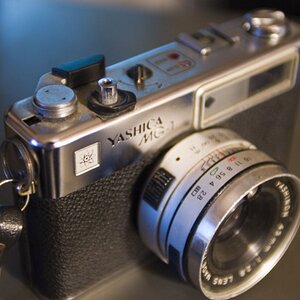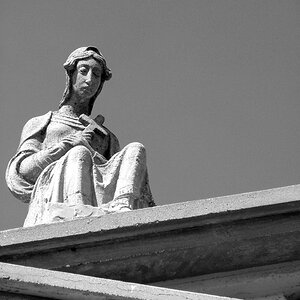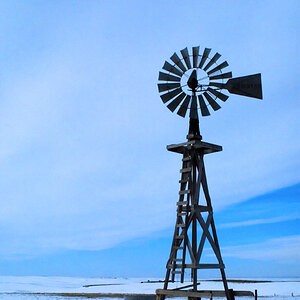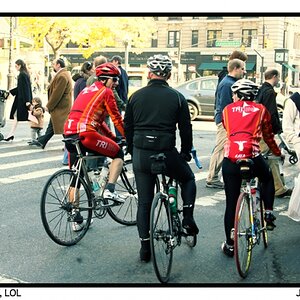Dylan
TPF Noob!
I have a few of my fathers paintings I'd like to post on my pbase site. I've heard it's difficult to accuratly shoot paintings so can anyone advise me on the proper technique? They are canvas mounted on a wood frame with no glossy colors. Is it even worth trying to do this without a bounce flash and a diffuser?







![[No title]](/data/xfmg/thumbnail/38/38263-ad5e4c9e677626ddb5b1e7cdf9ebe40e.jpg?1619738548)




![[No title]](/data/xfmg/thumbnail/32/32167-524b76a903731ff48d48682c9f9b0978.jpg?1619735234)
